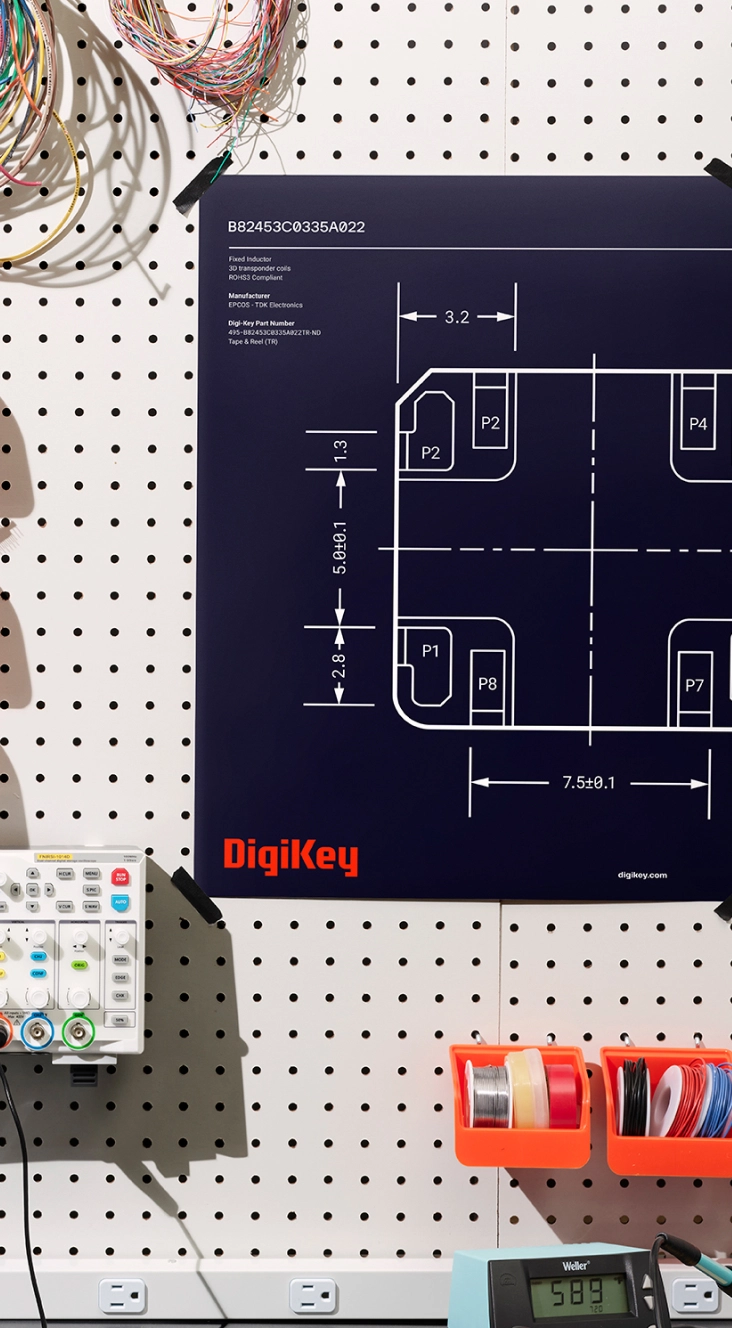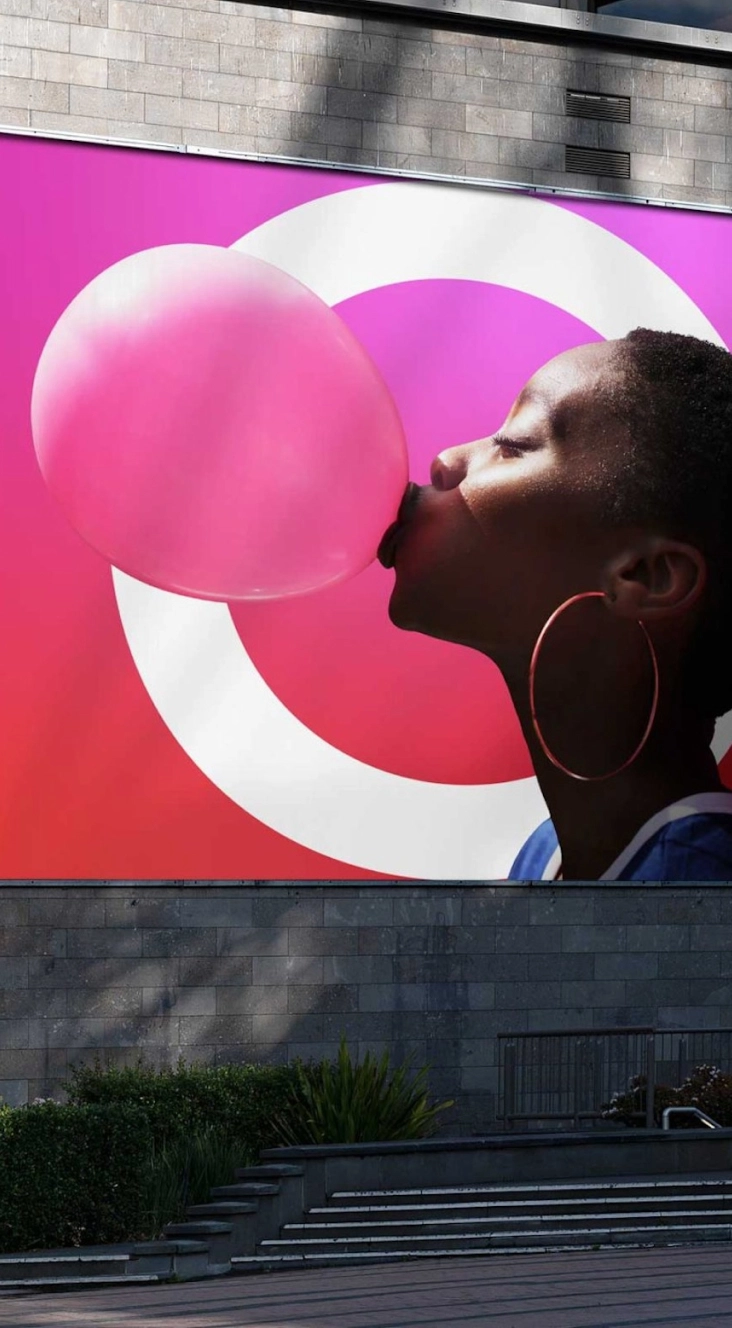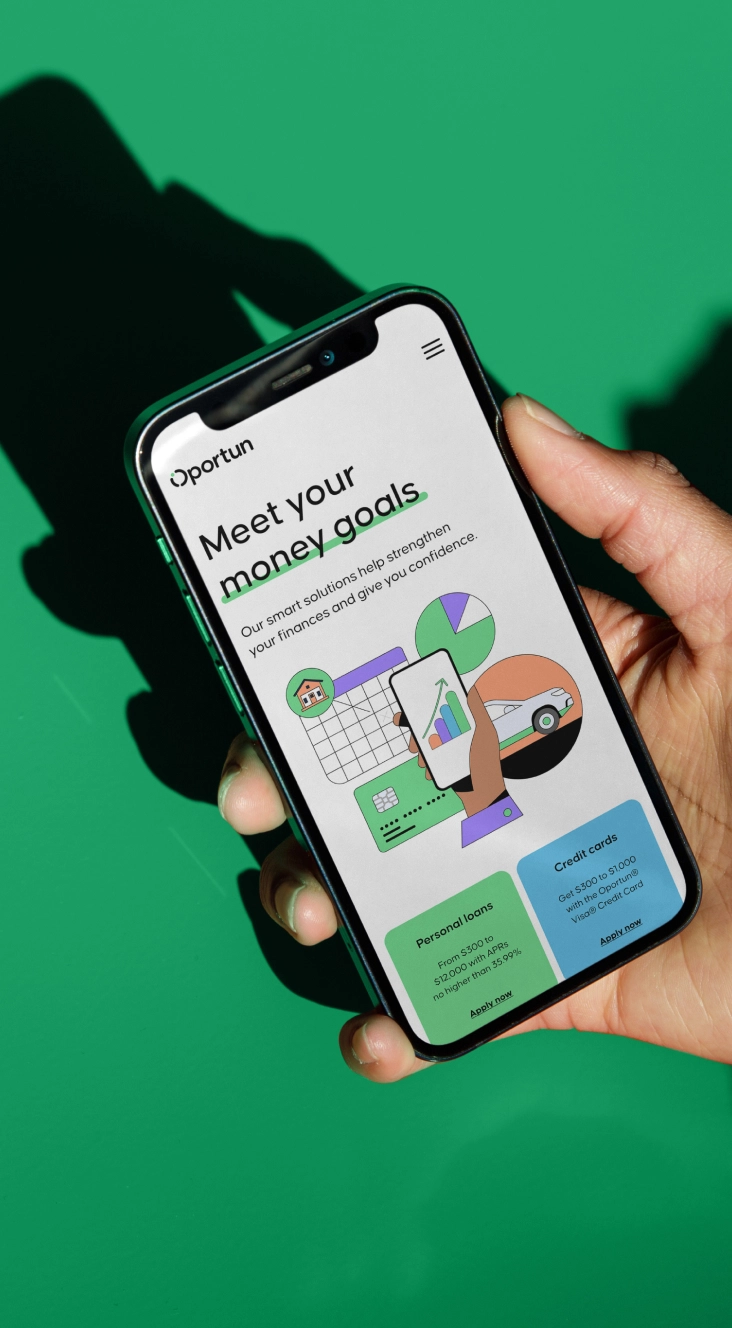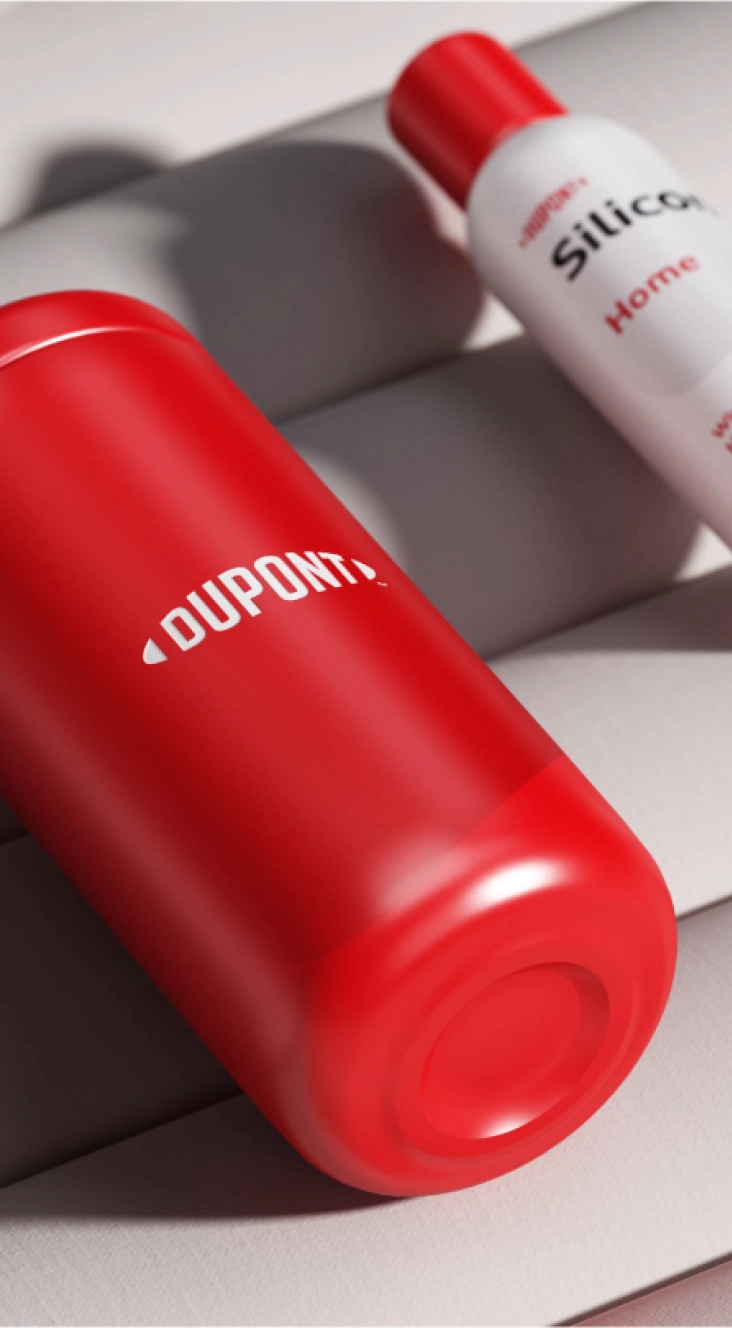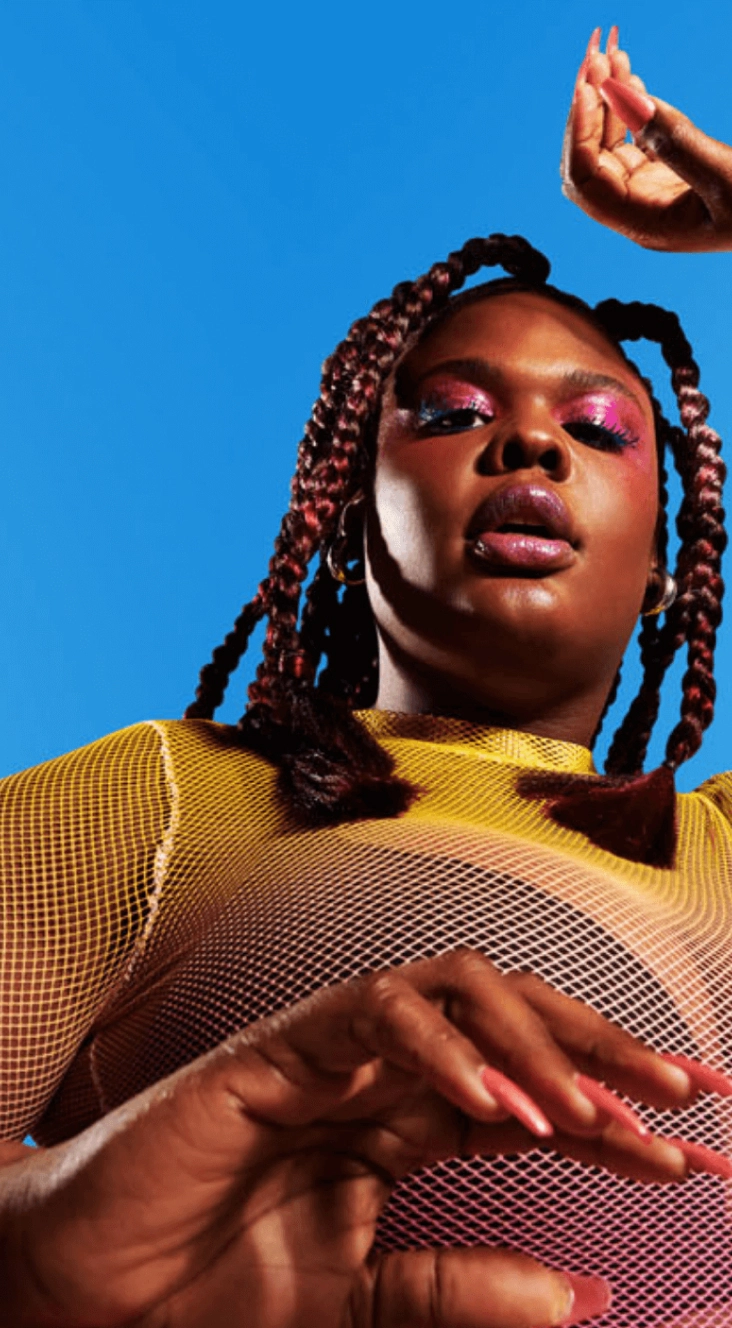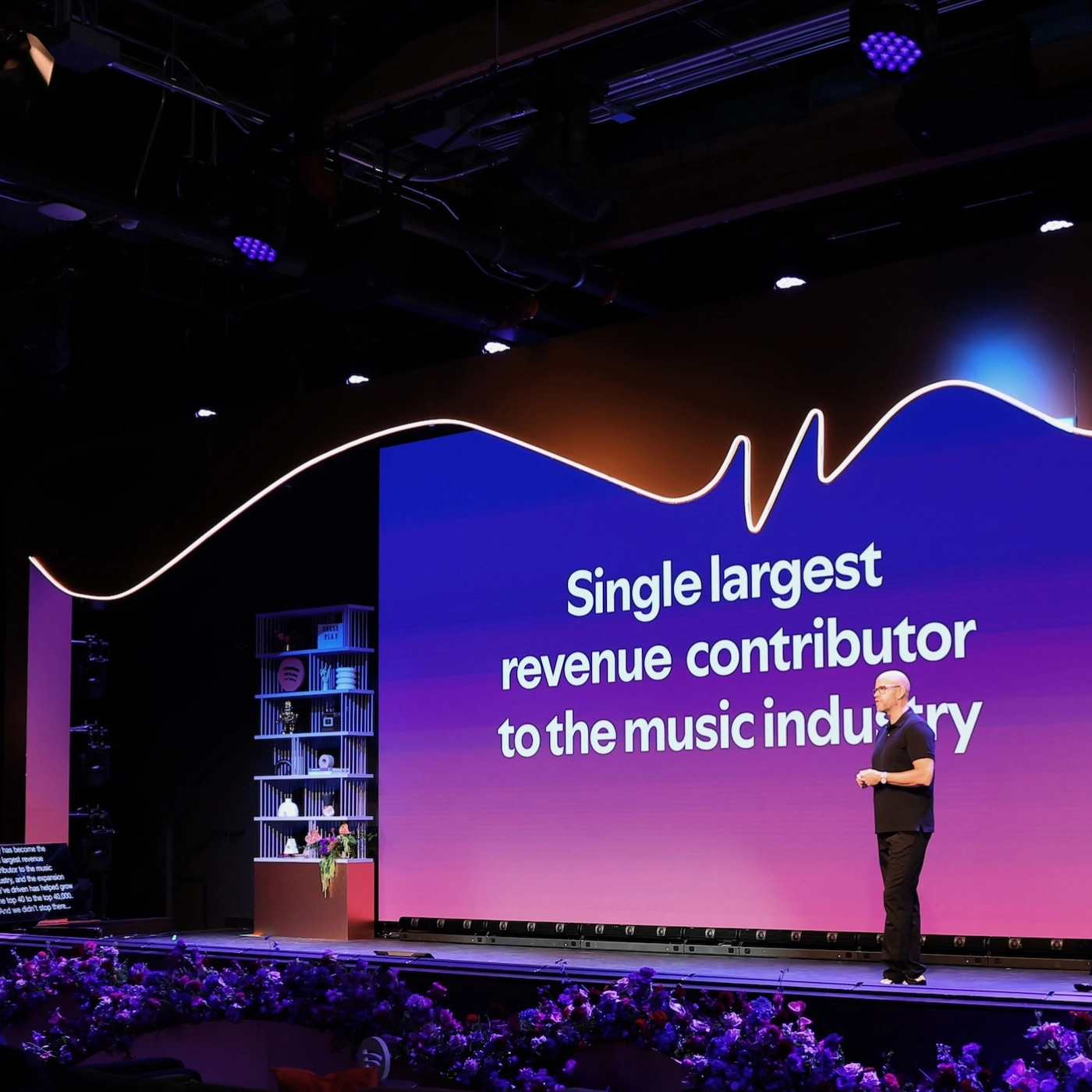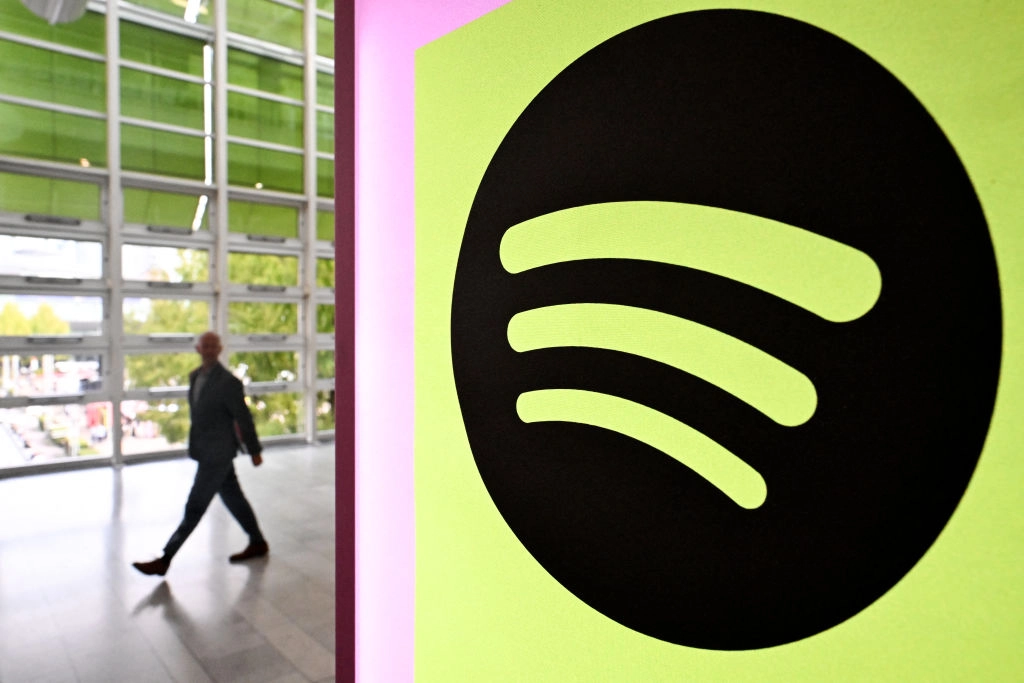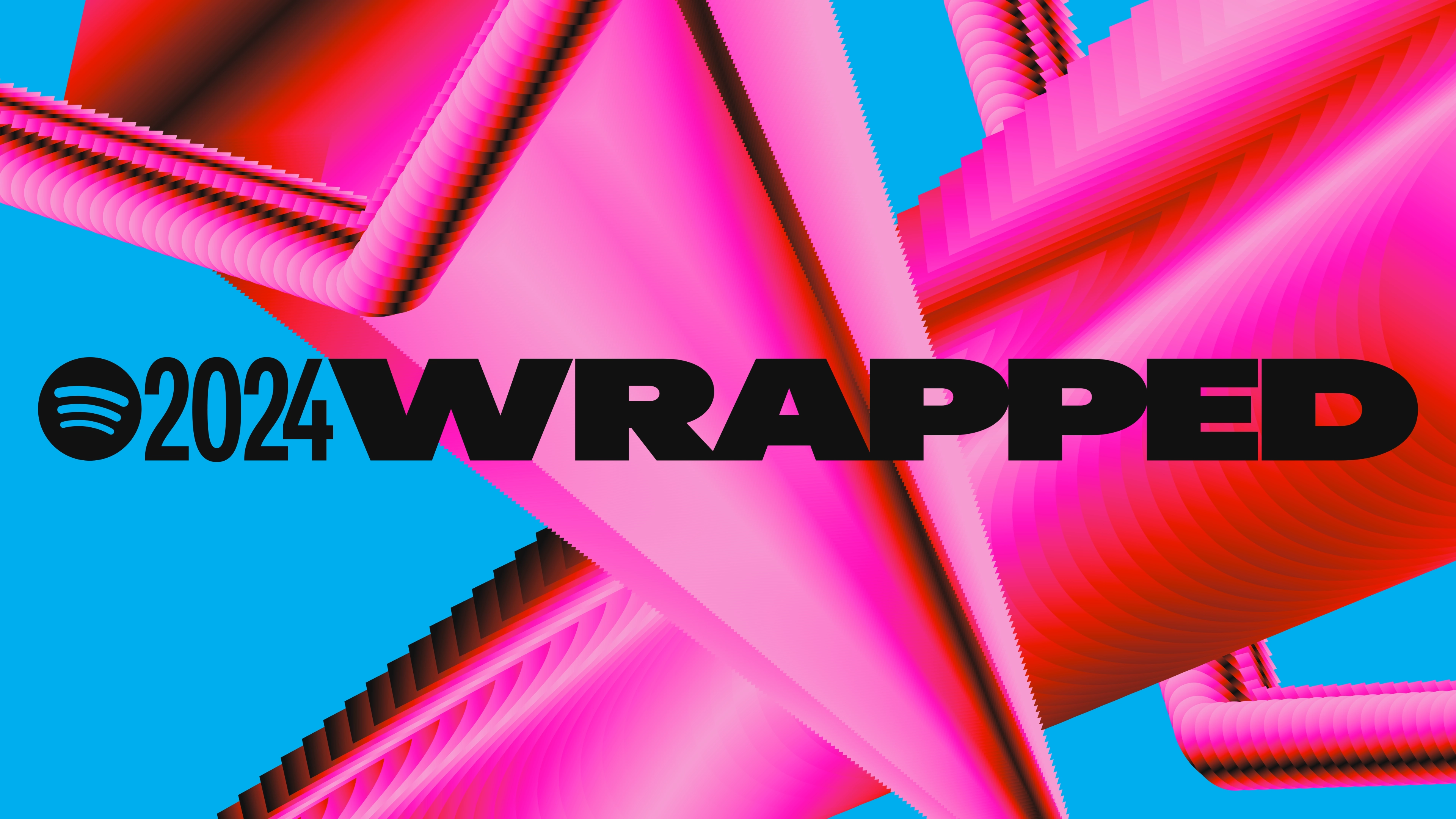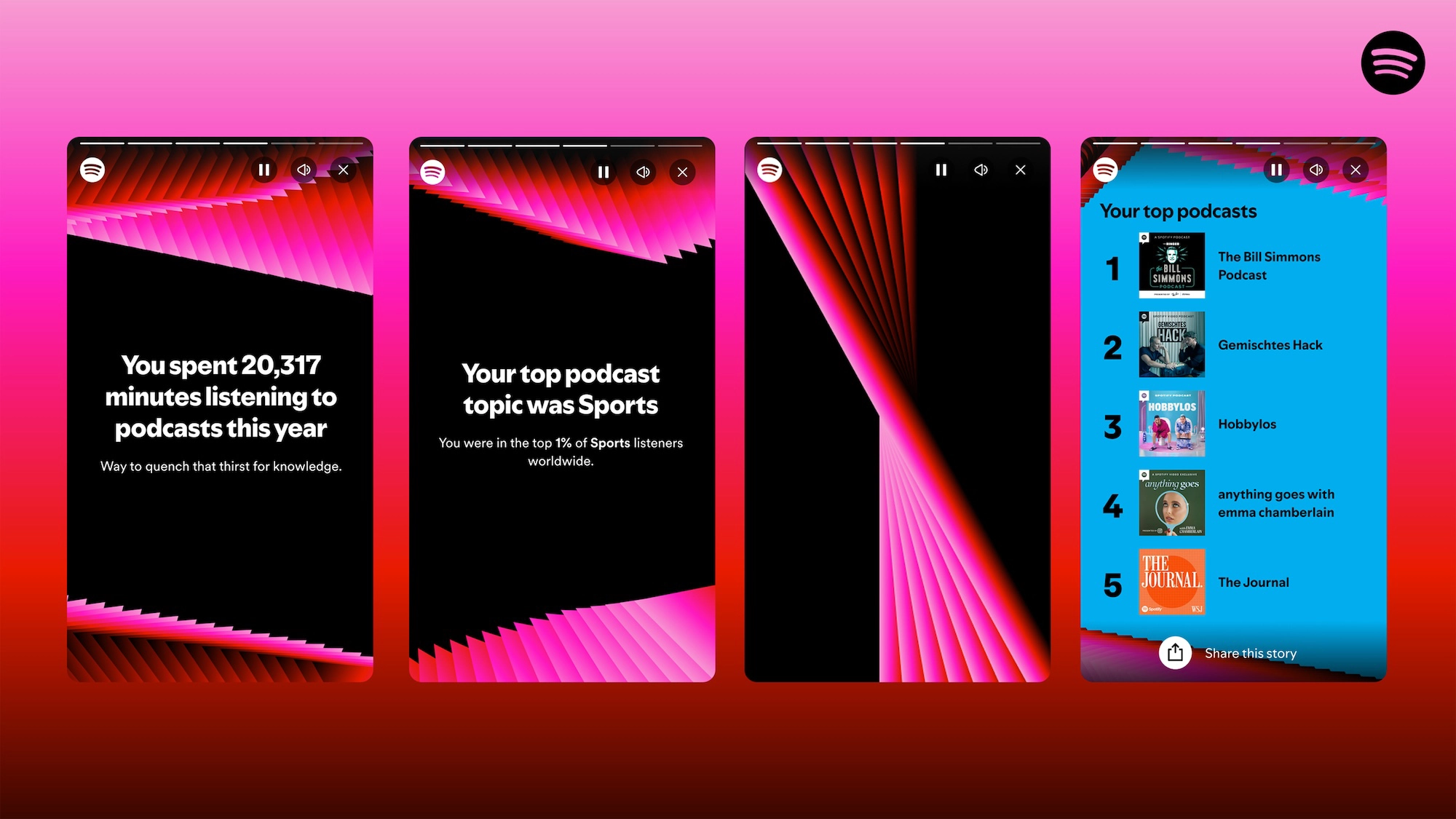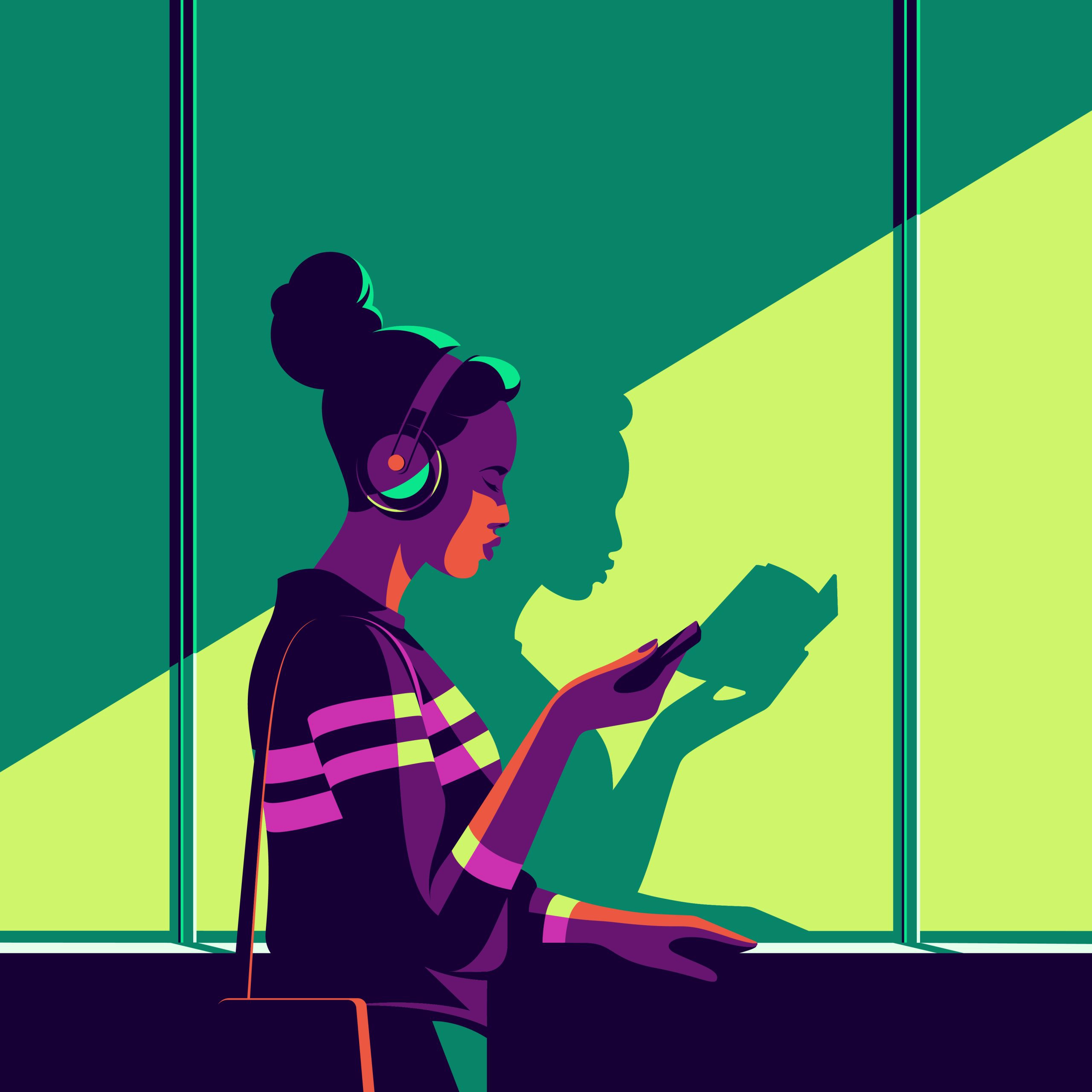Go-to Brand Spotlight: Spotify
How Spotify became an essential platform for discovery and expression
You know Spotify.
In fact, you may think you know everything there is to know about them. That feeling of cultural omnipresence—where everyone is a power-user, and everyone has something to say—is a clear sign of a Go-to brand.
And the numbers don’t lie: with over 600 million monthly active listeners and 200 million paid subscribers, Spotify is the single largest source of revenue for the audio industry. By a lot. But it was far from a linear path to commercial dominance over an entire sensory domain.
So, how did Spotify answer the music industry’s piracy problem, broaden to an audio-first strategy, and win our hearts to become the collective default for all things listening?
Perhaps we can learn a thing or two about how they’ve continued to foster connection and enable progress: the two essential ingredients to reaching “go-to” status.
Fostering Connection
01 | From owning to streaming: Ushering in a new era of connection through music
It’s no secret that people have always connected around music. From records and CDs to iTunes libraries, your collection formed an identity of sorts—and sharing that was a way to bond with others. In the early aughts, that might have even meant going to your friend’s house and illegally downloading songs from one of the many sites that emerged during the industry’s budding digital transformation.
Founded in 2008, Spotify emerged as the answer to music’s piracy problem. Even in its infancy, the business gained traction by disrupting a long-held belief in music: that listeners need to own their music. What better way to curb online music theft than providing legal access to a seemingly infinite catalog?
“People just want to have access to all of the world’s music,” said Spotify co-founder and CEO Daniel Ek. “Ownership is great—but access is the future.”
While other early music streamers emulated radio stations, Spotify rose above by providing access that felt like ownership. The trick was building a searchable, connected experience that enabled users to listen and share on their own terms. By responding to industry pressures—and innovating in a way that aligned to existing user behavior—Spotify drove rapid adoption of a new paradigm for connecting through music.
Plus, connection doesn’t stop with the product. Above and beyond Spotify’s core value proposition, the company makes a point to bring people together through everything they do. From initiatives like Loud & Clear, an annual report that builds literacy around the economics of music, to NextGen, a scholarship that amplifies emerging talent from underrepresented groups, Spotify shows clear commitment to building transparency and community in the industry.
02 | GO-TO or FOMO: Creating unmissable moments and shared experiences that forge a community
Are you a savvy Connoisseur—or a rebellious Maverick? From Myers-Briggs to astrology, archetypes are a popular way to connect by expressing our unique identities. Spotify applied a music lens to this idea with the 2016 debut of their Spotify Wrapped campaign.
Personalized using listener data and colorfully packaged for social shareability, Wrapped is a case study in marketing genius. It doesn’t hurt that the name and concept of “Wrapped,” which is typically released each December, tap into seasonal themes of gift-giving and reflection, offering a novel outlet to tap into society’s collective mood.
“It also creates this FOMO effect that inherently entices new users to consider Spotify,” said June Sauvaget, a former marketing leader at Spotify. The FOMO even reached peer tech brands: from language learning to fitness trackers, copycats across categories followed suit with annual summary highlights.
If you’re not listening on Spotify, you won’t have a year-end “Wrapped”—which means you miss out on a big cultural conversation. And you can’t share music with the majority of your friends, who are probably on the platform. That’s why fostering connection is an especially strong strategy that brands can embrace to build loyalists and cement “go-to” status.
Enabling progress
01 | From music to audio: Adding new value listeners didn’t know they needed
Another key aspect of go-to brands is their ability to enable progress for customers: setting the standard for how category experiences should feel, and ultimately powering action that advances how we live.
One way to do that is listening to customers who might be ahead of the curve, and adapting your offering to meet new needs—or even awaken them in others. That’s what Spotify did when they noticed German users uploading audiobooks to the platform, which at the time in 2015, was only focused on music. It was time to capitalize on a new growth opportunity inspired by user behavior.
“One of my favorite topics is how often people game our platform,” said Ek. “It made us realize: what else can we put on the platform that gives us a leg up and creates more revenue?”
Audiobooks would come a few years later, but the notion of a flexible platform sparked the idea to hop into another rapidly growing market: podcasts. However, with any big move, Ek and his team faced resistance. The trend at the time was mass proliferation of apps, separated by function. Shouldn’t podcasting and audiobooks live on their own?
Not if you want to win new listeners. A music fan might not download a podcast app, unprompted—but perhaps they’d listen to a podcast if it showed up on Spotify. By broadening their audio offering, Spotify not only stretched to meet new needs, but fundamentally grew the market by converting a new audience. Not to mention, there was major upside from an operations perspective: by building out podcasts on the same chassis, the team took advantage of existing infrastructure to rapidly scale a new offering.
It also helped that Spotify’s brand identity was expansive enough to support growth in new directions. The relatively abstract name, hinting at the idea of discovery (to “spot” or “find”)—and logo comprised of sound waves—represented concepts broader than just music. As a result, the brand wasn’t a limiting factor when it was time to widen the scope.
In a 2019 memo, Ek announced that the focus of the company would now be “audio-first.” He hasn’t looked back.
02 | Smooth like butter: Effortlessly curating the soundtrack to your life
Nailing the experience also played a substantial role in propelling Spotify to where it is today—and a big part of that is flexing to meet customers where they are, through strategic experience principles like ubiquity.
“Whether you’re driving, in your home, on your headphones, or exercising—it’s making sure you can get to your Spotify experience as quickly and easily as possible,” said Sten Garmark, a longtime product leader at Spotify.
Even before AI entered the zeitgeist, Spotify has been using it to power exceptionally seamless listening. One innovative application is Blend, which takes sharing music to the next level by auto-curating playlists that merge the tastes of two users—enabling friends to both discover new music and connect over common ground. It’s an algorithm, but somehow it feels like so much more.
From features like daylists, which cleverly curate a mood for the moment, to simpler functions like auto-translation of podcasts and audiobooks, Spotify goes beyond the competition to deliver moments that let users discover and delight in new content.
Overall, Spotify’s dedication to customer experience has earned them above-the-norm ratings on measures like easier to use than similar brands and sets the standard for how things should work—two key drivers of Progress in Lippincott’s Brand Aperture methodology.
Putting it all together
Spotify’s path to go-to status is a culmination of business and brand decisions that elevated music streaming into a flexible, easy-to-use platform for discovery and expression. As you think about building your brand, consider the following questions…
Can you innovate to align with customer behavior—like how Spotify made accessing music feel like owning it?
Can you leverage existing assets to meet new needs—like how Spotify scaled to accommodate podcasts and audiobooks?
Can your foundational brand identity expand for growth—like Spotify’s name, logo, and visual system?
Can you provide opportunities for expression that build a connected community—through moments like Spotify Wrapped and features like Blend?
Can you deliver an outstanding experience that sets a new standard—through principles like Spotify’s “ubiquity” strategy?
We look forward to continuing this series, sharing more wisdom from conversations with go-to brands. In the meantime, explore Lippincott’s “Go-to Brands” resources for more principles in driving business growth and resilience by creating meaning for customers.


